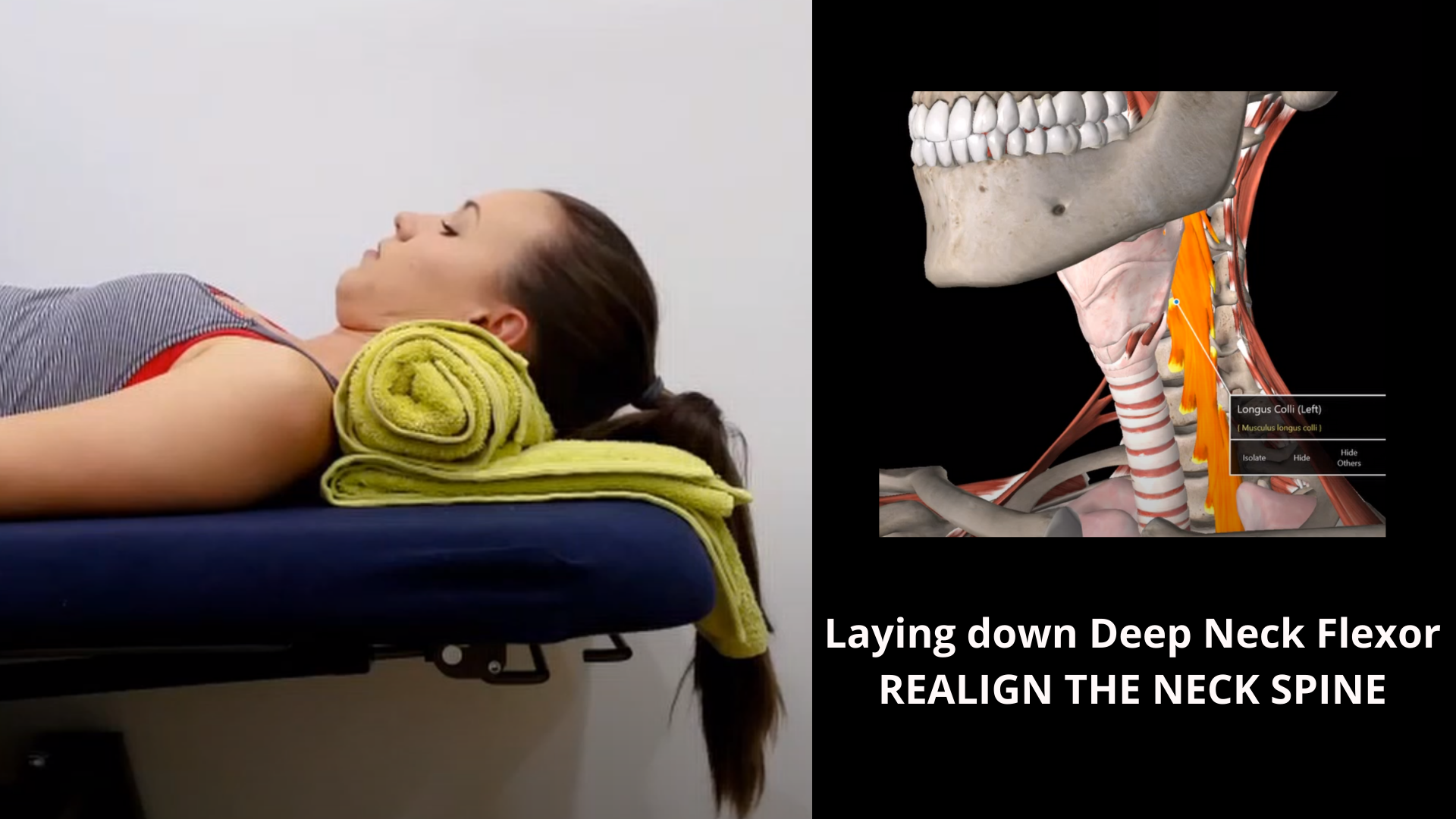Upper cross posture from long screen time
Living in a civilised and advanced society, we are often required to commit to one posture for long hours. Many of us are engaged to our phones, monitors, or documents for hours. Long periods of screen time can lead to Upper Cross posture.
This type of sitting posture is often the driver of neck pain, shoulder pain, and Headache. Upper Cross Posture is a term for habitual poked-out-chin and rounded-shoulder posture, with adaptive shortening of the suboccipital muscles. It also causes the cervical spine to change alignment resulting in increased stress of the facet joints and the vertebral discs.
The position may also lead to weakness of the deep neck flexors muscles, the rhomboids, the serratus muscles, and the lower trapezius. Office workers with poor posture also develop tightness in the chest and side of the neck. This muscle imbalance leads to compressive loading on your neck, causing the cervical articular joints to lock.
Postural muscles that are subject to changes during prolonged poor posture.
Other issues with long screen time include headaches, migraines, anxiety, sleep deprivation, and even depression.
Useful tips to rejuvenate and maintain overworked neck and upper back:
Regular change in posture.
Having an individualised ergonomic set up.
Stretches and strengthening for the neck and the upper back.
Stress relief such as meditation.
Sydney Health Physiotherapy in Sydney CBD provides regular maintenance soft tissue therapy to keep your spine in the best possible alignment.











